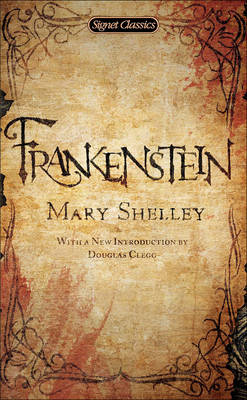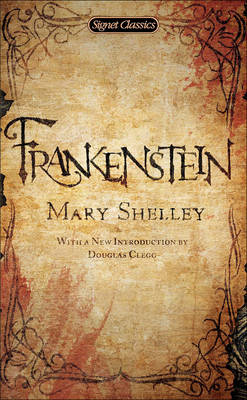
- Afhalen na 1 uur in een winkel met voorraad
- Gratis thuislevering in België vanaf € 30
- Ruim aanbod met 7 miljoen producten
- Afhalen na 1 uur in een winkel met voorraad
- Gratis thuislevering in België vanaf € 30
- Ruim aanbod met 7 miljoen producten
Zoeken
€ 23,95
+ 47 punten
Uitvoering
Omschrijving
'I saw the pale student of unhallowed arts kneeling beside the thing he had put together. I saw the hideous phantasm of a man stretched out, and then, on the working of some powerful engine, show signs of life and stir with an uneasy, half-vital motion.' A summer evening's ghost stories, lonely insomnia in a moonlit Alpine's room, and a runaway imagination -- fired by philosophical discussions with Lord Byron and Percy Bysshe Shelley about science, galvanism, and the origins of life -- conspired to produce for Mary Shelley this haunting night specter. By morning, it had become the germ of her Romantic masterpiece, Frankenstein. Written in 1816 when she was only 19, Mary Shelley's novel of 'The Modern Prometheus' chillingly dramatized the dangerous potential of life begotten upon a laboratory table. A frightening creation myth for our own time, Frankenstein remains one of the greatest horror stories ever written and is an undisputed classic of its kind.
Specificaties
Betrokkenen
- Auteur(s):
- Uitgeverij:
Inhoud
- Aantal bladzijden:
- 216
- Taal:
- Engels
- Reeks:
Eigenschappen
- Productcode (EAN):
- 9780613999830
- Verschijningsdatum:
- 1/05/1984
- Uitvoering:
- Hardcover
- Formaat:
- Bibliotheekbinding
- Afmetingen:
- 107 mm x 168 mm
- Gewicht:
- 181 g

Alleen bij Standaard Boekhandel
+ 47 punten op je klantenkaart van Standaard Boekhandel
Beoordelingen
We publiceren alleen reviews die voldoen aan de voorwaarden voor reviews. Bekijk onze voorwaarden voor reviews.








